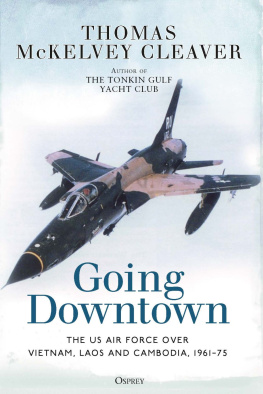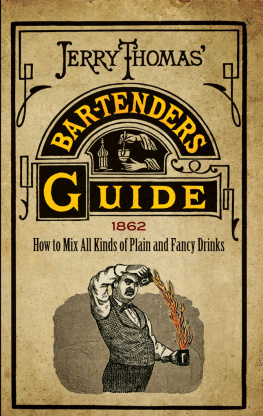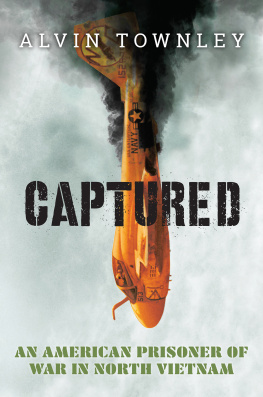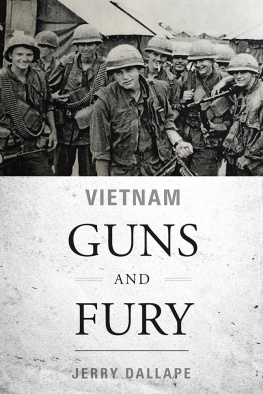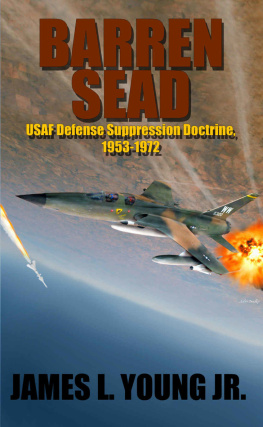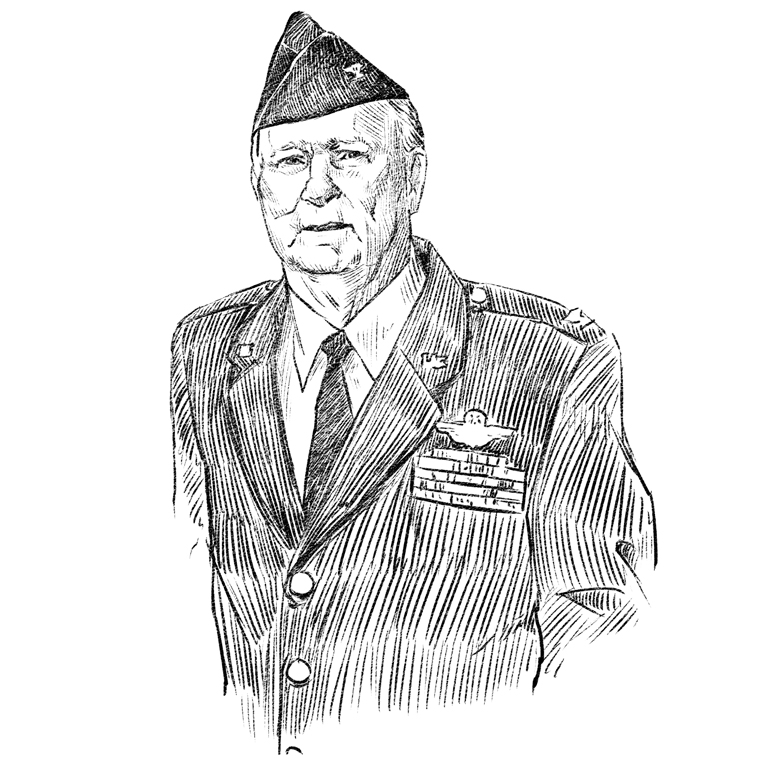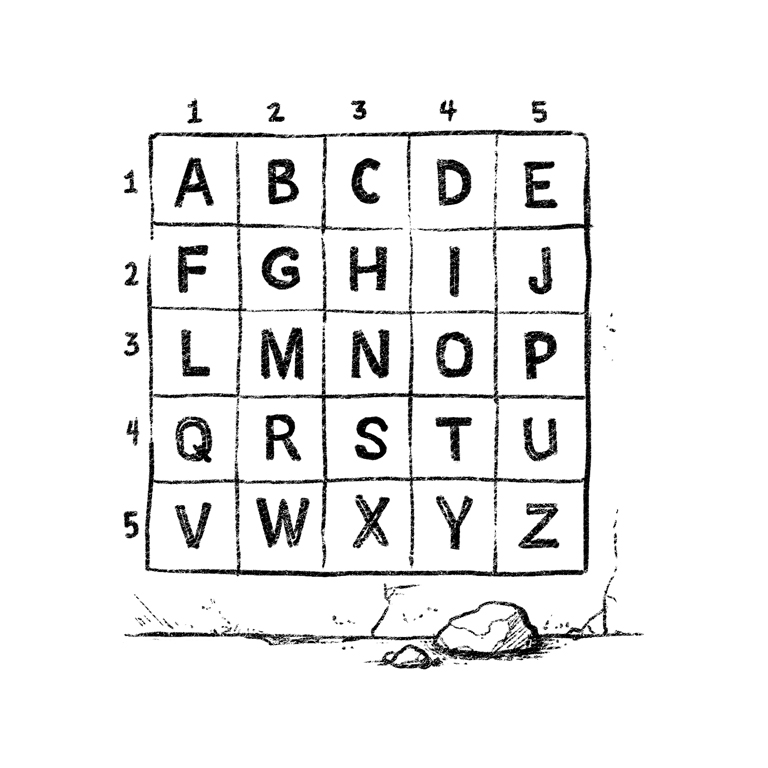No one ever expects to encounter truly devastating circumstances in their lives. I know I didnt. But if you have a relationship with God, he helps you meet those challenges with hope. Confidence in him is never misplaced. He has remained with me through the years without him, I could not have done the things Ive been called upon to do.
In him was life, and the life was the light of men. The light shines in the darkness, and the darkness has not overcome it.
FOREWORD
CAPTAIN TOM CURTIS was the pilot of an HH-43 helicopter that was shot down in September 1965 in North Vietnam during an attempt to rescue an Air Force pilot whose F-105 fighter bomber had previously been shot down by heavy ground fire.
For men in combat who are in need of help or may later be in a position to require assistance, men involved in SAR (Search and Rescue) are all heroes. These SAR men disregard their own safety to help save the lives of downed comrades in arms. And most of the time they fly into zones where there is heavy resistance from an enemy who has already inflicted losses on our forces. Nevertheless, they search for, find, and rescue the wounded soldiers or downed airmen often at great peril to themselves.
That was exactly what happened to Tom Curtis and his crew of four when he tried to extract a downed F-105 fighter pilot. All but one of Toms crew were captured by North Vietnamese soldiers. Toms copilot evaded capture for a short time but was captured by the Pathet Lao in nearby Laos. He later was killed in an escape attempt.
My F-105 fighter was shot down about five months earlier than Tom and his other crewmen. I was captured immediately when my parachute touched me down near the bridge (at Thanh Hoa), which I had just bombed. My captors were very angry. After two days of gross mistreatment they trucked me to a large prison in Hanoi, which we called the Hanoi Hilton where torture, interrogation, and solitary confinement continued. Any communication with other POWs was forbidden. After a month or two I was pulled from my cell and taken to another, larger cell to join three other American POWs. In a couple of days one other POW joined us. We were all overjoyed to be together.
At an Air Force Survival School (before leaving the States) I heard an instructor tell about POWs in a German camp in World War II communicating between buildings by tapping on a common water pipe. As I left class, I found the instructor walking by me, so I asked him how they sent the dashes thinking it was the Morse code. He quickly took me to the chalkboard and showed me the tap code they used.
It was a five-by-five matrix of the alphabet, omitting K. We used C for K. The first line was ABCDE, and the first column was AFLQV. To use the code, one would first tap one to five times to identify the A, F, L, Q, or V row, pause, and tap one to five times to identify the letter in that row. Thus the letter S would be tapped AFLQ, pause, QRS. I taught this code to the others in the large cell. Within a few days our captors put us all back in solitary confinement, and we successfully tapped to our comrades in adjacent cells. Recognizing the importance of communicating, we went to great lengths to ensure that every POW knew the tap code. It spread like a chain reaction.
The importance of communication between POWs cannot be overstated. It was a morale booster. It provided a vehicle for the POW chain of command to be utilized. It provided for shared information to counter the efforts of the enemy to divide the POWs and for POWs, under the direction of the senior ranking officer (SRO), to form a common resistance to their aims. It provided information from friends and family back home (from later shoot-downs). It provided educational opportunities from a wealth of knowledge (all POWs shared a need to make some productive use of time spent in prison). Communicating, clearing for guards, and all efforts to assist the communication process (not limited to just the tap code) used a great amount of time each day.
Through the tap code, POWs gained the strength of unity. Shared information of torture and mistreatment created a peer pressure for every POW to resist to the best of his ability and group support for those who were already resisting. Our captors tortured us to obtain propaganda statements. With the richness of our language we used double meanings, slang, lies, and other means to make those statements unusable. We developed great pride in ourselves and in our fellow POWs through our resistance. We, under difficult circumstances, operated as an effective organization to counter our captors efforts to exploit us. Communication helped us to come home with honor, knowing that in the end we prevailed over a brutal enemy. We won our war!
Through our covert communication in the Hanoi Hilton, I learned of Toms incarceration. Later, in November 1970, the POW camp at Son Tay was attacked by our armed forces to free American POWs. Unfortunately, all POWs had been moved from that camp by the North Vietnamese a short time earlier. Within three days our captors closed all the small POW camps (fearing another raid) and trucked us back to the Hanoi Hilton.



